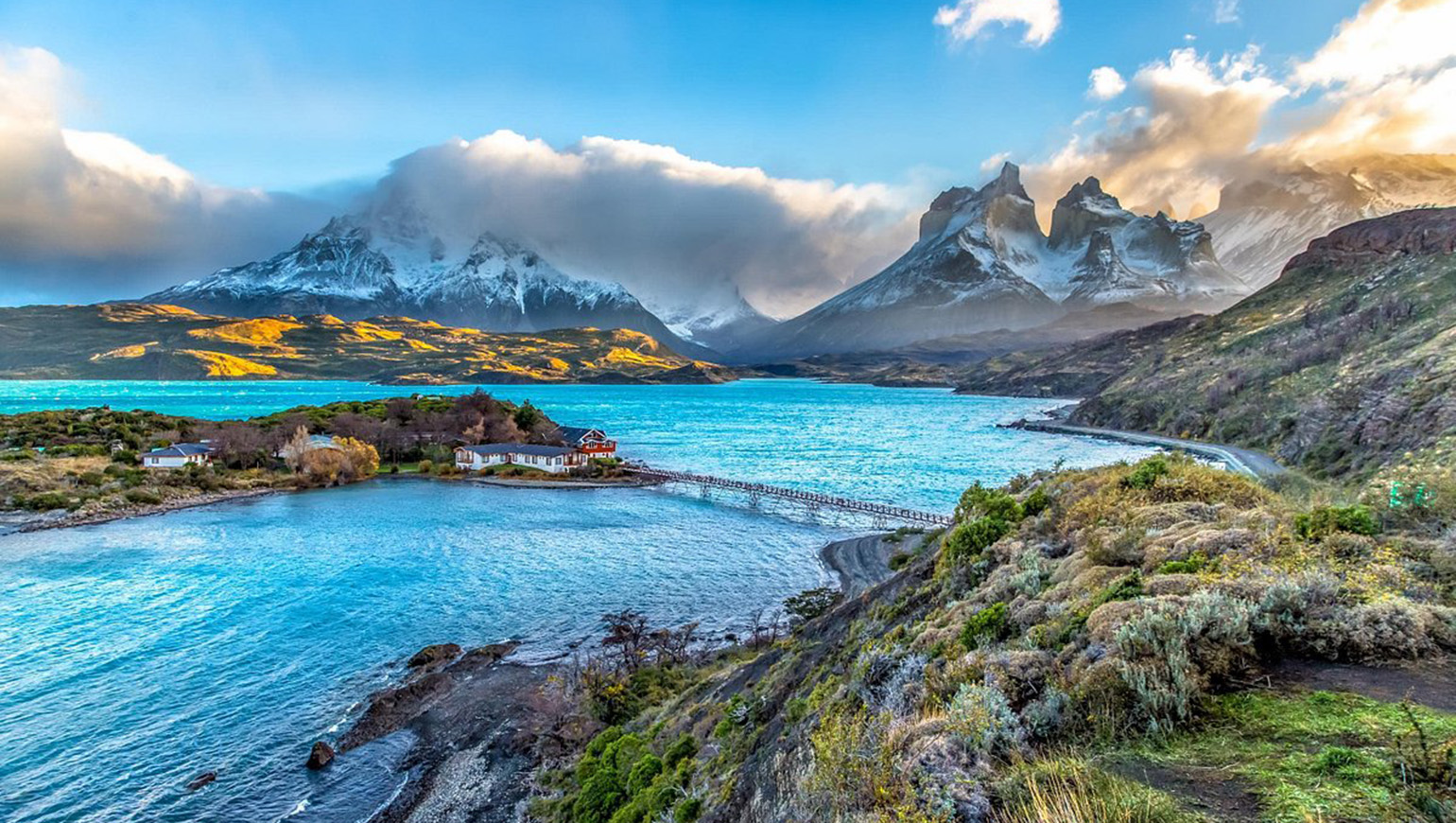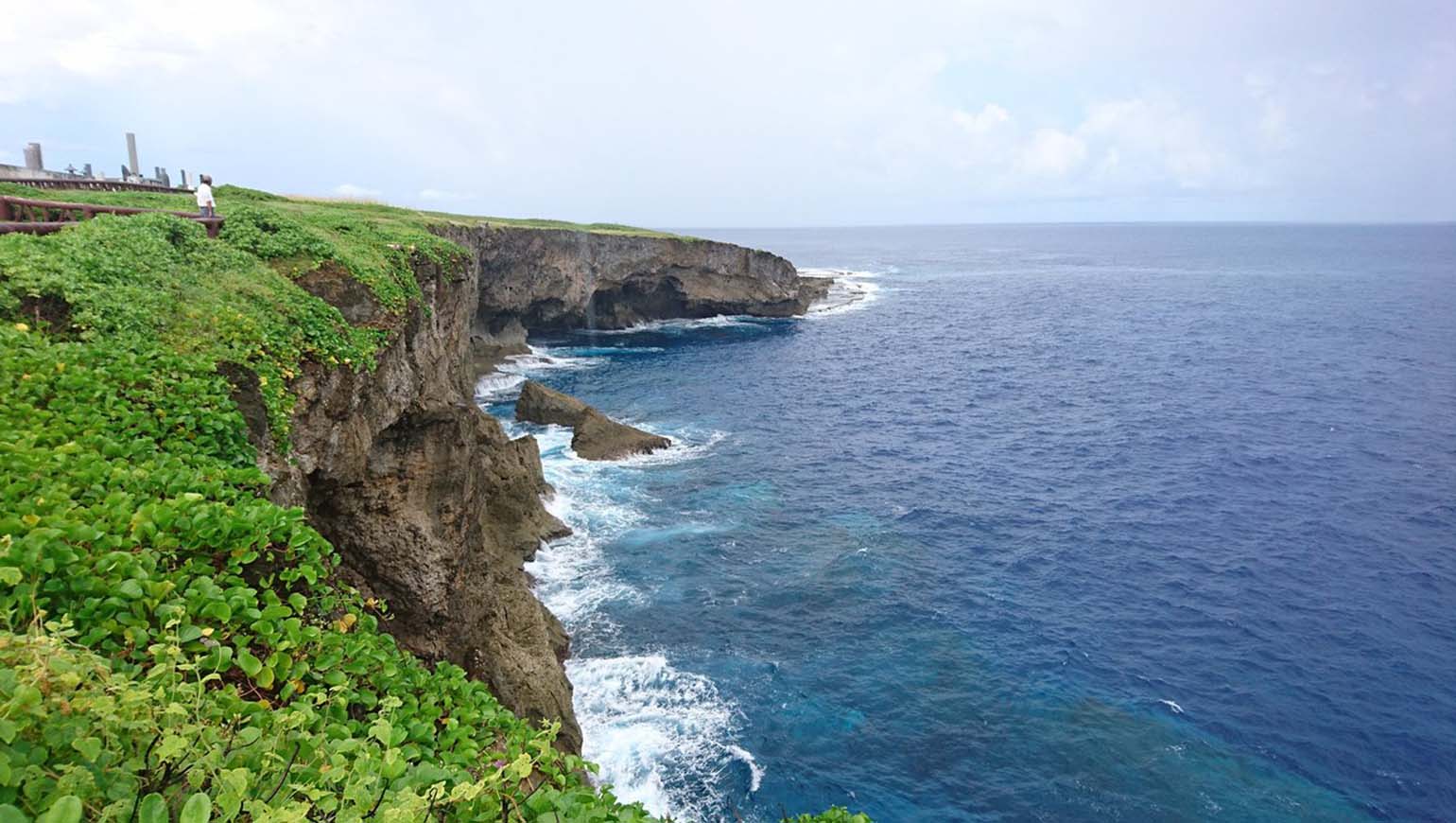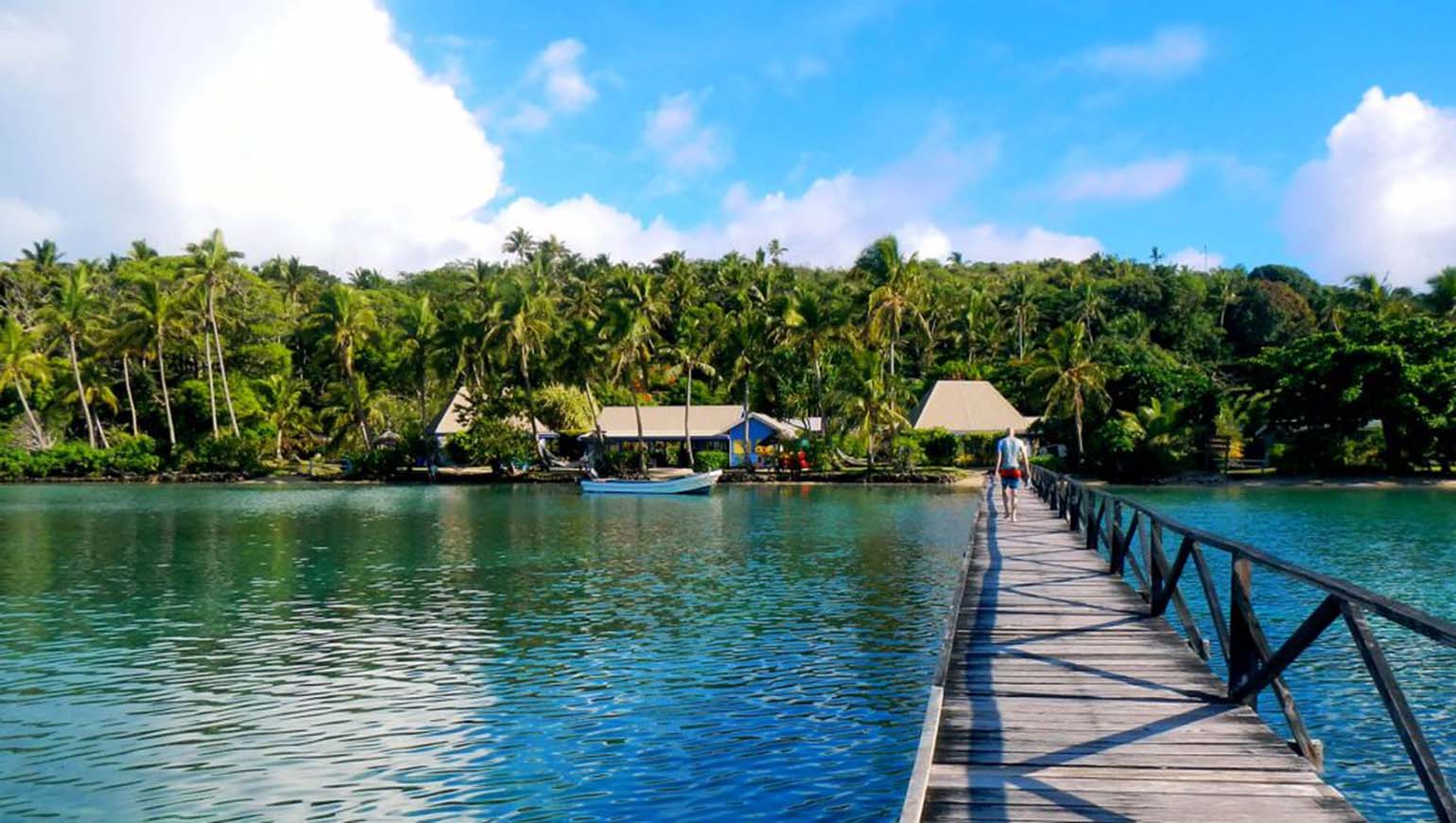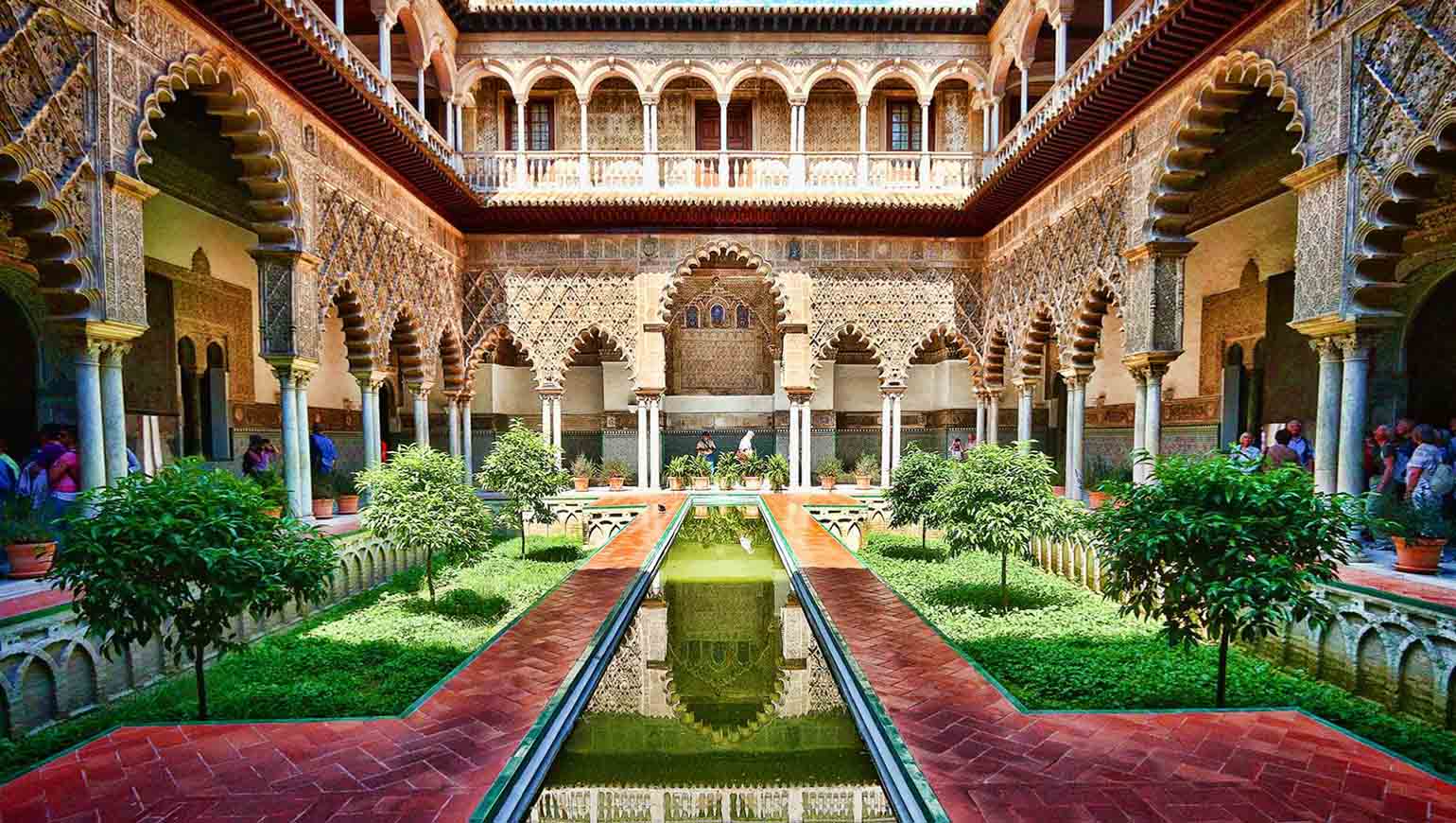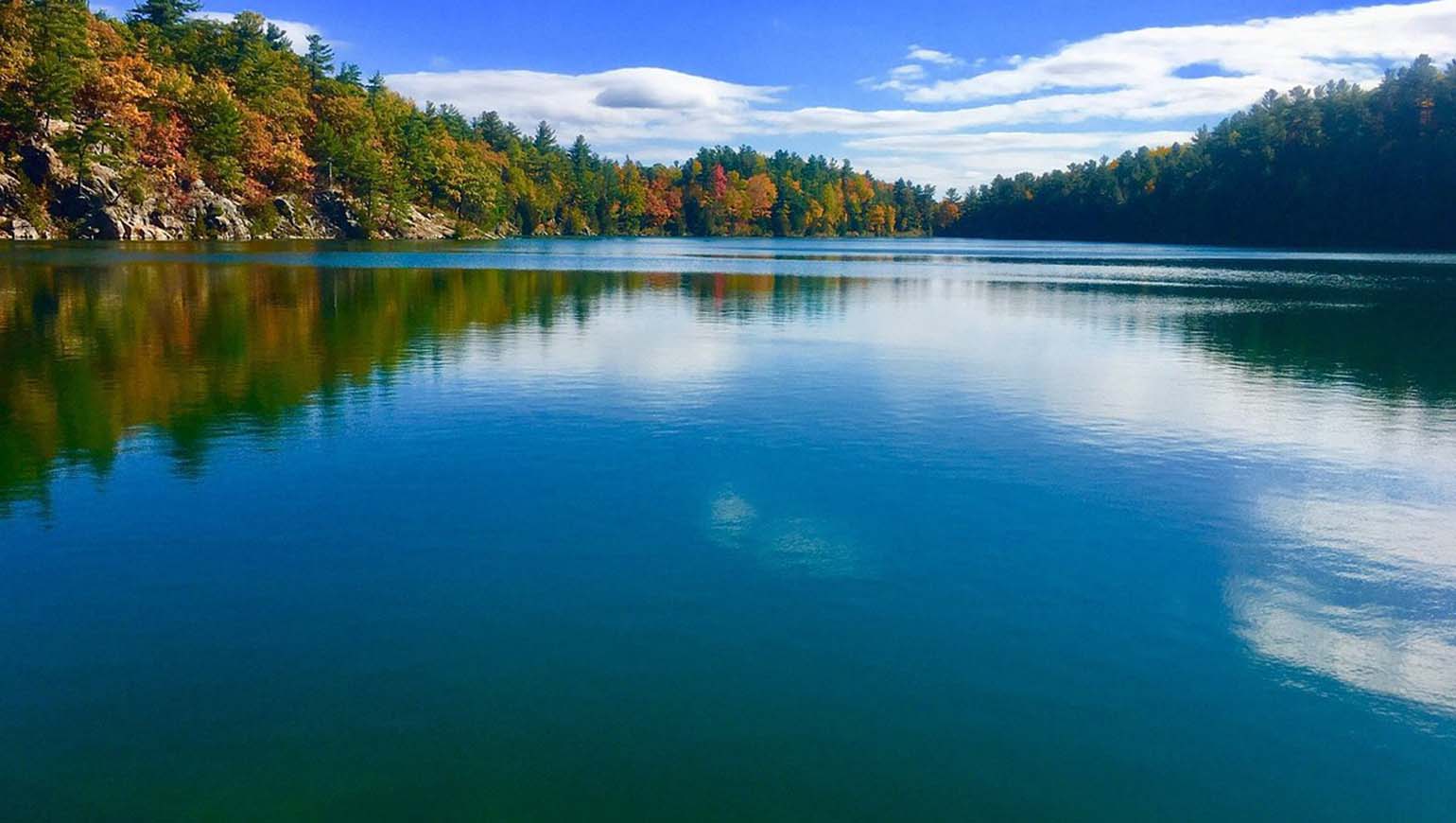Springtime in Chile casts a spell of enchantment, transforming the country into a playground of natural wonders and cultural treasures. Embark on a journey with me as we explore the diverse landscapes and captivating attractions that await in this vibrant South American destination. From the majestic peaks of Patagonia to the ancient mysteries of Easter Island, Chile’s spring wonders promise an adventure like no other.
1. Torres del Paine National Park
As I stepped into the realm of Patagonian splendor, Torres del Paine National Park greeted me with its awe-inspiring beauty. Situated in the southern reaches of Chile, this UNESCO World Biosphere Reserve is a haven for outdoor enthusiasts and nature lovers alike. With its towering granite spires, shimmering glaciers, and pristine emerald lakes, the park offers a breathtaking tapestry of landscapes waiting to be explored.
Hiking Adventures
As I embarked on my hiking adventures in Torres del Paine, I was immediately captivated by the sheer diversity of trails that wind their way through the park. From leisurely strolls along picturesque lakeshores to challenging treks up rugged mountain passes, there’s a hike for every skill level and interest. One of the park’s most iconic trails is the W Trek, a multi-day expedition that takes hikers through some of the park’s most stunning scenery, including the base of the famous Torres del Paine peaks.
Spectacular Landscapes
Every corner of Torres del Paine seems to offer a new and breathtaking vista. I found myself pausing frequently to admire the towering granite spires of the Cuernos del Paine, their jagged peaks piercing the sky. The shimmering blue hues of Grey Glacier, with its massive ice formations calving into the milky waters below, left me in awe of the forces of nature. And as I stood before the thunderous Salto Grande waterfall, feeling the mist on my face and hearing the roar of the water, I couldn’t help but feel a profound sense of reverence for Chile’s natural beauty.
Wildlife Encounters
Torres del Paine is also home to a diverse array of wildlife, from grazing guanacos and elusive pumas to soaring Andean condors. As I trekked through the park, I was fortunate enough to catch glimpses of these majestic creatures in their natural habitat, adding an extra layer of magic to my experience. One highlight was spotting a family of foxes playing near the trail, their playful antics a reminder of the untamed wilderness that surrounds them.
Safety and Preparation
While Torres del Paine’s rugged beauty is undeniably captivating, it’s important to be prepared for the challenges of hiking in such a remote and wild environment. Weather conditions can be unpredictable, with strong winds, sudden rain showers, and even snowfall possible at any time of year. It’s essential to pack appropriate clothing and gear, including sturdy hiking boots, waterproof layers, and plenty of water and snacks. Additionally, be sure to familiarize yourself with the park’s trail system and adhere to Leave No Trace principles to minimize your impact on the fragile ecosystem.
Guided Tours and Services
For those seeking a more structured experience, guided tours and services are available in Torres del Paine. Experienced guides can lead you safely through the park’s trails, providing insight into its natural and cultural history along the way. Additionally, a variety of accommodations, ranging from rustic campsites to luxury lodges, cater to travelers of all preferences and budgets, ensuring a comfortable and enjoyable stay amidst the wilderness.
Ticket Information: Entry to Torres del Paine National Park requires a fee, which varies depending on the season and the specific areas you wish to explore. It’s advisable to purchase tickets in advance, especially during the peak spring season.
Opening Hours: The park is open year-round, but spring (October to December) offers milder temperatures and blooming flora, making it an ideal time to visit.
2. Atacama Desert
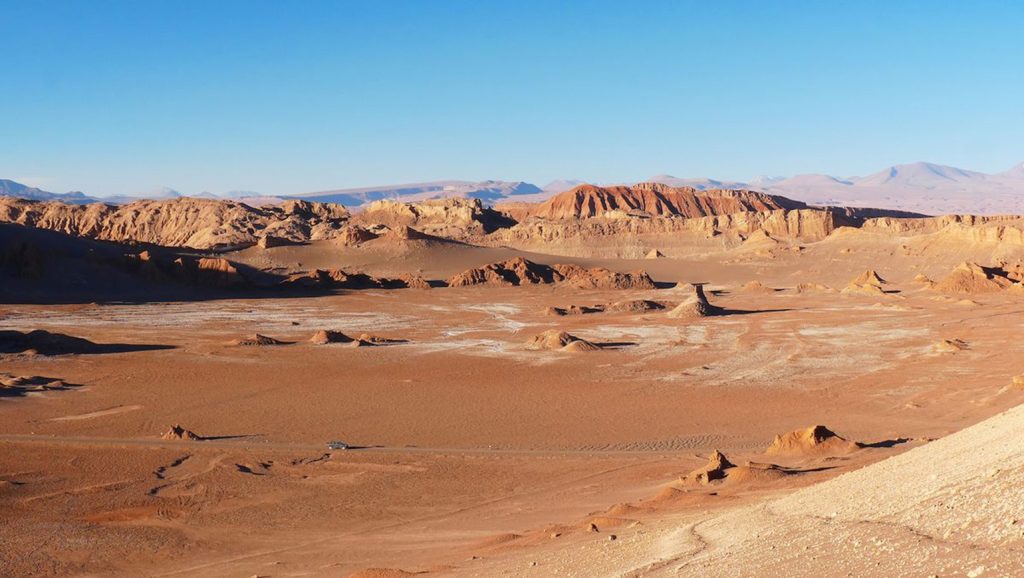
As the sun began its descent over the horizon, casting a mesmerizing glow across the rugged landscape, I found myself immersed in the surreal beauty of the Atacama Desert. The air seemed to shimmer with a mystical energy, as if whispering secrets of ancient times long forgotten.
My journey began amidst the towering sand dunes of the Valle de la Luna, where the golden sands shifted and danced in the breeze like waves upon a vast, silent sea. Each ripple in the sand told a story of time immemorial, etched into the very fabric of the desert itself.
As I ventured deeper into the heart of this otherworldly realm, I encountered the hauntingly beautiful salt flats of Salar de Atacama, where the earth stretched out in an endless expanse of white, broken only by the occasional cluster of crystalline salt formations glistening in the sunlight. It was as if I had stumbled upon a forgotten palace of ice and snow, hidden beneath the blazing desert sun.
But it was at El Tatio, with its bubbling geysers and steaming hot springs, that I truly felt the pulse of the desert come alive. Here, amidst the swirling mists and the pungent scent of sulfur, I witnessed nature’s raw power on full display, as plumes of steam erupted from the earth like pillars of smoke rising towards the heavens.
As day gave way to night, I marveled at the celestial spectacle unfolding above me, as the desert sky ignited with a myriad of stars, each one twinkling like a diamond in the velvet embrace of the night. It was a scene of unparalleled beauty, a symphony of light and shadow that seemed to transcend time and space.
In the heart of the Atacama Desert, amidst its surreal landscapes and ethereal beauty, I found myself humbled by the sheer magnitude of the natural world, and filled with a sense of wonder and awe that will stay with me forever. For in this remote corner of the earth, I had truly stepped onto the surface of another planet, and discovered a beauty beyond imagination.
Ticket Information: Some attractions in the Atacama Desert may require entrance fees, while others are freely accessible. It’s recommended to check ahead and plan accordingly.
Opening Hours: The Atacama Desert is accessible year-round, but spring brings milder temperatures and clearer skies, making it an ideal time to explore.
3. Chiloé Island
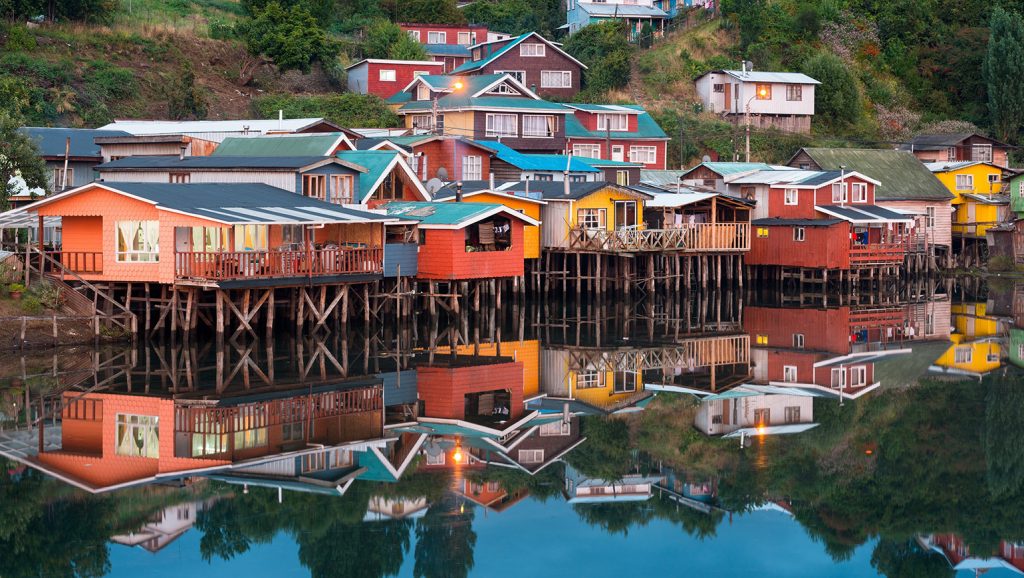
Embarking on a journey to Chiloé Island, nestled off the coast of southern Chile, was like stepping into a realm where time seemed to slow down and the rhythm of life followed the gentle ebb and flow of the tides. This hidden gem, steeped in folklore and tradition, welcomed me with open arms, inviting me to immerse myself in its vibrant culture and stunning natural beauty.
My adventure began in Castro, the picturesque capital of Chiloé, where the iconic palafitos stood sentinel over the waters of the Chiloé Archipelago. These colorful stilt houses, with their weathered wooden facades and sloping roofs, were a testament to the islanders’ resourcefulness in adapting to their maritime environment. As I wandered through the streets lined with these charming structures, I felt as though I had stepped into a painting, each stroke of color telling a story of resilience and ingenuity.
But it was the wooden churches of Chiloé that truly captured my imagination. Scattered throughout the island, these architectural wonders stood as silent witnesses to the island’s rich history and spiritual heritage. From the towering spires of the Church of San Francisco in Castro to the quaint simplicity of the Church of Nercón, each one was a masterpiece of indigenous craftsmanship, intricately carved and adorned with symbols of faith and tradition.
Venturing beyond the bustling streets of Castro, I found myself enchanted by the tranquil beauty of Chiloé’s countryside. Lush green hills rolled gently towards the sea, dotted with grazing sheep and colorful wildflowers. Quaint villages nestled amidst the verdant landscape, their whitewashed houses and rustic barns blending seamlessly into the natural surroundings.
As I explored these remote corners of the island, I was struck by the warmth and hospitality of the Chilote people. Whether sharing a meal of freshly caught seafood or listening to tales of ancient folklore by the fireside, I felt embraced by a sense of community and belonging that transcended language and culture.
One of the highlights of my journey was a visit to the island’s bustling markets, where vendors displayed an abundance of fresh produce, artisan crafts, and local delicacies. Here, amidst the hustle and bustle of daily life, I sampled traditional dishes like curanto, a hearty stew cooked over hot stones, and admired the intricate craftsmanship of handmade textiles and pottery.
As I bid farewell to Chiloé Island, I carried with me memories of its timeless beauty and the warmth of its people. For in this remote corner of the world, I had discovered not just a destination, but a way of life shaped by centuries of tradition and a deep connection to the land and sea.
Ticket Information: Many attractions on Chiloé Island are free to visit, but some may require a small entrance fee. It’s best to check ahead for specific details.
Opening Hours: Chiloé Island is accessible year-round, but spring brings mild temperatures and blooming wildflowers, adding to its allure.
Chile’s spring wonders offer a tapestry of experiences that are as diverse as they are captivating. Whether you’re drawn to the rugged landscapes of Patagonia, the ethereal beauty of the Atacama Desert, or the cultural richness of Chiloé Island, there’s something for everyone to discover in this extraordinary country.
